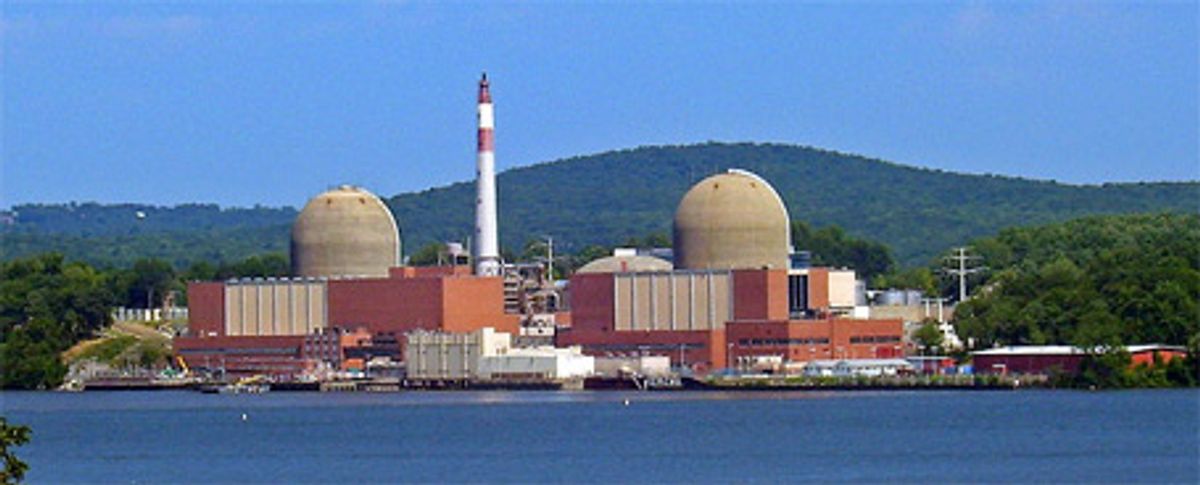This is part of IEEE Spectrum's ongoing coverage of Japan's earthquake and nuclear emergency. For more details on how Fukushima Dai-1's nuclear reactors work and what has gone wrong so far, see our explainer.
New York State governor Andrew Cuomo let it be known this week that he intends to have the Indian Point nuclear power plant, on the Hudson River north of New York City, closed down when its current operating license expires. Though a state's power to close a licensed reactor is limited, Cuomo already has established himself as a man to be reckoned with, having just won major victories on gay marriage and the budget.
Critics of the governor's attitude, including New York City mayor Michael Bloomberg, were quick to ask how New York City would replace electricity from Indian Point, which at present provides a quarter of the city's power. So it surely was no coincidence that Cuomo also announced this week that he would open much of upstate New York to natural gas fracking while protecting the New York City and Syracuse watersheds.
The issue of Indian Point's license renewal has centered and will continue to center on the plant's cooling system. It's a once-through plant, obtaining water from the Hudson and returning it to the river. The state has taken the position that the plant's operator, Entergy, should install cooling towers while the energy company would prefer a cheaper and more innovative "wire wedge" filtering system.
Protection of the river's fish is of course a real and legitimate issue, but everybody knows that's not the only issue.
Especially since Fukushima--but also after 9/11--New Yorkers have worried about the safety and security of these nuclear reactors and their cooling ponds, located only 45 miles north of the Empire State Building and just outside the perimeter of a metropolis with close to 20 million inhabitants.
The plant's advocates give Entergy credit for investing many millions in improving the plant, significantly enhancing its efficiency. Radio ads heard constantly by New Yorkers boast that the plant reliably provides relatively cheap electricity. And so it does. Having visited the plant, I personally came away impressed by what Entergy has done to upgrade it.
Since I am on record firmly in the pronuclear camp, let me say where I stand on Indian Point. As I see it, the plant--though a nicely running operation--is a classic case of a reactor complex that should never have been built in the first place. If a severe accident should occur, the immediately surrounding area could not possibly be evacuated, And it it were a worst-case accident involving a complete meltdown penetrating the steel reactor vessel, the Hudson River flowing into New York City would end up disastrously contaminated--permanently contaminated for all practical purposes, that is to say, from a human point of view.
My critics will say that I'm a weak-kneed nuclear advocate who just doesn't want to see a reactor in his backyard. I say I don't want to see this kind of plant in anybody's backyard. From Three Mile Island, which could have permanently contaminated Chesapeake Bay, we learned that reactors should not be built on or in major waterways. If they can't otherwise be built economically, so be it.
I see nuclear energy as an indispensable part of the solution to global warming, but the nuclear industry still has to prove itself in terms of economics and safety.




